
Deadcode
-
Posts
292 -
Joined
-
Last visited
Content Type
Profiles
Forums
Articles
Posts posted by Deadcode
-
-
On 10/15/2019 at 4:10 PM, Dirk Gently said:
A different topic from the recent ones, but still very much within the domain of the thread overall... The S1H has a dual gain structure, with two native ISOs, of 640 and 4,000. Probably my question stems from a misapprehension on my part but, in asking it, it is likely that someone with much more technical insight will be able to put me right! Does the S1H's lower native ISO of 640 mean that anything taken at an ISO lower than 640 (whether stills or video) will be inferior compared to its having been taken at ISO640 (and with an ND filter used, say)? In effect, I am asking whether the 'lowest native ISO' of 640 means that anything taken at lower than ISO 640 will have been subjected to digital gain reduction from an 'actual' ISO640 (e.g. you set to ISO320 but the S1H is actually shooting at ISO640 then reducing the exposure by one stop digitally). The latter would seem so odd (in terms of quality of shots at under ISO640), yet I can't understand on the face of it how a dual gain such as this can function otherwise...Unless there is additionally a true 'base ISO' of 100 (not mentioned)... Any thoughts welcome!
It's the same as it works on Sony for SLOG
ISO640 base iso for vlog is underexposed ISO100 by 2.66EV, and adjusted gamma.
Why 640? because with VLOG the 32% grey lands where it should with proper exposure and the highlight DR till clipping is counted from middle grey.
The base ISO values are measured like this, and this is the reason why the (base) ISO values differ in different picture styles.
So in photo mode RAW: ISO100 / ISO640 are the base ISO values
HLG: ISO400/2500
VLOG: ISO640/4000
-
Dont judge by the preview window, you can see rescaled footage there. It will be aliasing free in full screen mode on a 4K monitor
-
im hoping for 4K 30 HDR with hypersmooth and 2.7K 120fps with stabilization. Wireless mic would be appreciated.
-
22 hours ago, frankdrebin said:
Here's a short clip.
Share the original file please.
-
3 hours ago, JoshFromPerth said:
Can someone pass comment on how one might expose / grade anything in the surf where you're dealing with verrrry bright highlights, not a lot of darks, and often very little difference between the ocean and sky / horizon line. Using the aforementioned profile I got some terrible results exposing to +2, but even dropping to +1 everything is still very difficult to pull back from the flat, crushed blacks look the aforementioned profile provides..
If a gopro can handle those situations it means it does not require log profile.
Can you share a short clip?
-
8 hours ago, thebrothersthre3 said:
I wonder how well that matches to Eterna on a Fuji.
Poorly. F-Log curve is like SLOG2 on Sony's +1EV (check lutcalc).
V-LOG curve on the other hand is like SLOG3/LogC/Cineon curve.
F-Gamut naturally shifts to green which should be corrected with gamut mapping in post.
V-Gamut do not shifts to magenta or green.
So technically this "use FLOG to Eterna" Filmconvert simulation on VLOG is a creative choice of grading nothing more.
-
3 hours ago, Andrew Reid said:
Magenta in the WEX video 100% a result of their grade. Aggressive NR is = YouTube's compression.
So here are some ORIGINAL files to play with straight off my card. 1.4GB's worth.
These are 10bit 422 V-LOG / V-Gamut on default settings. I recommend avoiding VLC Player to look at these especially on a Mac. Messes up the gamma curve. They won't play in Quicktime either. Pop em in Resolve or your NLE of choice and give them a good LUT. I used Fuji's F-LOG to Eterna BT709 LUT which worked well and built in Premiere Arri Amira LUT in Premiere was a good match.
Lens: Nikon 55mm F1.2 AI with variable ND filter
Looks awesome, and grades beautifully. Can we have low light and 1080p 120 10bit samples too?
-
14 hours ago, MaxYuryev said:
I actually wrote a lengthy response about 12 hours ago. Maybe it didn’t get approved or maybe it’s hidden (it’s marked as hidden)
Run for you life Max! On this forum the same 6 people arguing about the same stuff in every topic. You will have to explain yourself after every comparison you do (you dont want to know what people talked about you after the BMPCC4k-Z7-A73-XT3-EosR comparison video...). Im following you since 2014 and I think you are doing a great job. Avoid these "experts" if you want to sleep well.
Ofc there are some people here who knows a lot and can give you proper advice, but nowdays they are watching from the shadows ...
-
-
P4000 = GTX 1070
2x GTX 1070 = 1x Radeon VII
It is cheaper to buy another nvidia card, the performance will be almost the same.
But it's highly depends on card support, right now i dont think Radeon VII has full resolve support.
Unfortunetaly neither of these options will give you 1080 24 fps rendering while using Temporal NR (Better) with 5 frames averaging. You will get around 20-22 fps
- mirekti and Mark Romero 2
-
 2
2
-
5 hours ago, Mark Romero 2 said:
Thanks for taking the time to look at the examples and to grade them. I really appreciate that. They look good.
For the bottom example, did you just raise the shadows and add saturation? or was it more complex than that?
Also, thanks for the thoughts about the idea of them shooting stills on a timelapse and creating an HDR video from that. I thought they might have just used a programmed motorized slider in a couple of passes, and then masked in the windows. But shooting stills in a time lapse might be easier.
It was more complex tone mapping. Shadows/Highlights, gamut mapping, contrast, saturation, curves, noise reduction...
-
This is a hard one.
If you overexpose those highlights, it's gone. Try to grade for the interior in this case
If you expose properly, then you can do the HDR style grade.
On you linked samples the guys probably shoot RAW photos in multiexposure using sliders, then stiched them together.
You can download your graded examples from here
And here are the screengrabs:
-
17 hours ago, Mark Romero 2 said:
Here are some difficult shots.
The first one c0015.mp4 is kind of typical of most situations.
The other two files ( c0047 and c0048 are more extreme, the first having completely blown out window with the second retaining the view but having way to underexposed interior).
You did not shared anything. Please share those files
-
6 hours ago, Juxx989 said:
A new shot it saved it in TIFF hope that's righThis is P4k Prores 1080p LT
Drummer_1.25.2.tif 11.87 MB · 2 downloads
Tiff to take a stab @ it.
Your grade was already perfect!
Here is my grade:
-
2 minutes ago, Mark Romero 2 said:
Good Question.
In my particular case (being the OP of this thread), it is because I am trying my hardest to both capture the interior and exterior views of a house in real estate videos.
People want to be able to see the views out the window without them being blown out, and they want to see the interior without it being too dark.
Using Slog 2 (mostly) on my a6500
On this particular day it was fairly overcast, which helped to control the exterior view, but if it wasn't so overcast then it would have been difficult to retain ANY view.
Can you please share some original files from the most problematic shots?
-
Why does DR matter so much? we are far beyond the level of necessary DR for content creation.
Most of you guys want 15-16-17+ stops DR because you want "Arri like" highlight roll-off.
You can achieve very nice roll-off even with a GoPro Hero 7 with proper grading: (in this case: 10 stops DR from the camera in 14+ stops environment)
- Zeng and webrunner5
-
 2
2
-
Long time ago i tested my 5D Mark II against my a6300 and a rented BMPCC
In the comparison i made all cameras was shooting ETTR with their best available (raw, slog2) settings
As you may know from the technical threads at magiclanter.fm the max available dynamic range for 5D2 raw @iso100 ettr is 11.7 stops
The BMPCC and the a6300 were both 2 stops better in the shadows which means they had around 13.7 stops. It was noisy as hell, so im not talking about usable dynamic range.
The a6300 was cleaner, the BM had more detail but also more noise / grain.
After further testing i would say all of the cameras i was talked about has 1.5 stops less usable (i mean noise free, or able boost up with noise reduction) dynamic range.
So: 5D: 10 stops, BM: 12 stops, a6300: 12 stops
-
Does the AF works now with the Sigma 18-35 f1.8 or with other adapted lenses?
-
-
9 minutes ago, mirekti said:
I couldn’t find similar for GH5S, I mean, I did but different sites claimed different values.
From my video it looks as if there’s a triple native ISO
 ISO 320-1250, then ISO 1600-2500, and then ISO 3200-25600
ISO 320-1250, then ISO 1600-2500, and then ISO 3200-25600
Could someone who owns GH5S do the same test, please?
That's just the in camera temporal noise reduction.
Why dont you try it yourself in real world scenario? Worrying about the noise while lens cap is on is silly...
-
24 minutes ago, mirekti said:
? That’s a road I wouldn’t take. Anyhow, I don’t go higer than 96fps, but ISO 1250 is really bad, even ISO 2500 looks bad to my eye, worse than ISO 3200 which makes no sense.
At least I learned something.
Would this be a good conlusion:
1st mode: Use ISO 320-800, and 400 has the least noise and highest DR?
2nd mode: Use ISO 1600-6400, but avoid ISO 2500?
If i were you i would use VLOG-L and ISO400 or ISO2500. Everything in between can be decided in post. But this requires a bit of colorgrading skill.
If you are not using VLOG-L, use Auto ISO. The contrasty profile will hide the noise. And expose for the final look.
-
4 minutes ago, mirekti said:
I did a quick test and ISO 1250 is horrible, looks worst than the highest ISO. I thought ISO 800 is native so if you move half stop it shouldn’t ne bad. Please look at this video and zoomed in noise at differet levels. Profile is set to 4k - vlog
It seems ISO 400 and 1600 look the best. I thought ISO 800 and ISO 2500 were native ISO.
For the GH5s the dual native ISO values are 400 and 2500.
Technically you underexposed ISO400 by 1,66 stops. In pitch black. What do you expect?
ISO1600 is clean, because it's overexposed ISO2500.
Oh, try HFR 240 fps with VLOG-L and ISO1250. And dont forget to tell me which trashcan will you use to dump the camera ?
- mirekti and Rinad Amir
-
 1
1
-
 1
1
-
19 minutes ago, KnightsFan said:
What encoders did you use? Your H.265 is 16 Mbps (Mine came out to 22), not 100. It's also 420 instead of 422, so that could be part of the chroma difference. But yes, with your settings the ProRes HQ certainly is much better!
Thanks for checking, this was Resolve's default export for h265. Now it's corrected to 100Mbps
-
39 minutes ago, KnightsFan said:
ProRes is built for editing speed, whereas H.265 was designed to maximize quality on low bitrate streaming, especially 4k and 8k. I knew that at some lower bitrate, H.265 would retain more data than ProRes, but I was surprised that it does so well with just 1/5 the data. Of course, it took 6x longer to encode!
I would love to see your results, if you publish. Keep in mind that not all encoders are equal, and H.265 has a LOT of options. ProRes is easier in that regard, as you just pick from Proxy, LT, Normal, HQ, and XQ with predictable size and quality.
Edit: the difference in detail is negligible between ProRes HQ (180 Mb/s) and the H.265 file. Also I didn't see any real difference between ProRes and DNxHD at equivalent bitrates.
Zoom in and hit play. There is the difference.
I created a sample myself from my old 5D2 RAW footage. Real codec killer due to the heavy moire and aliasing all over the image. If you zoom in and hit play you can see the ProRes holds up much better. But actually the h265 smoothens out some of the smearing and moire, so it's actually better looking ? h265 100Mbps vs ProRes 422HQ

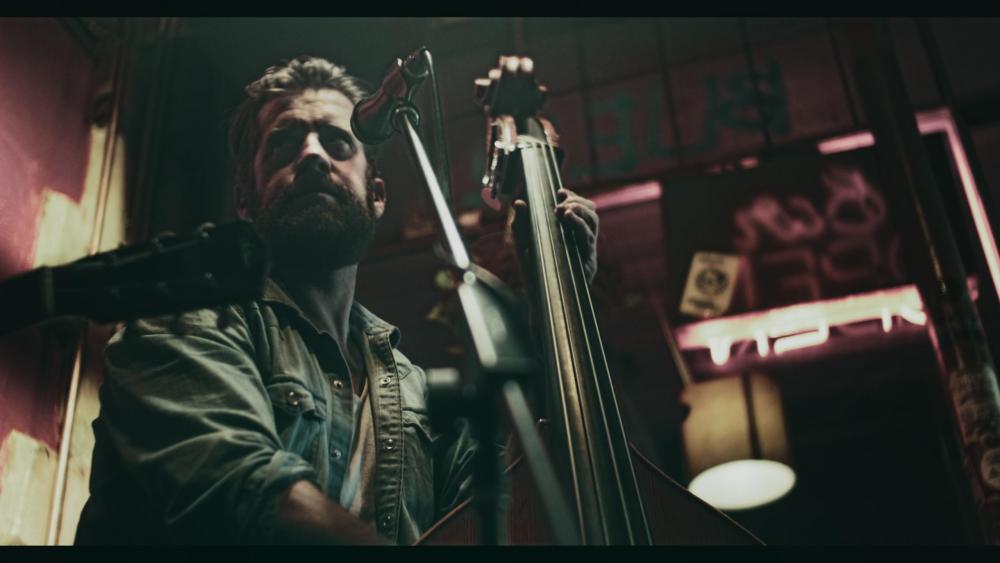
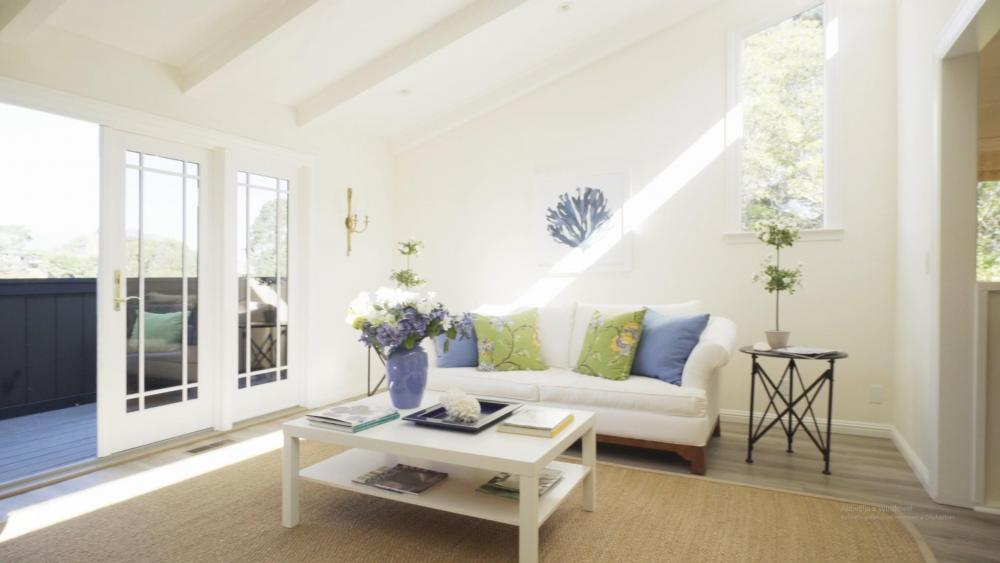
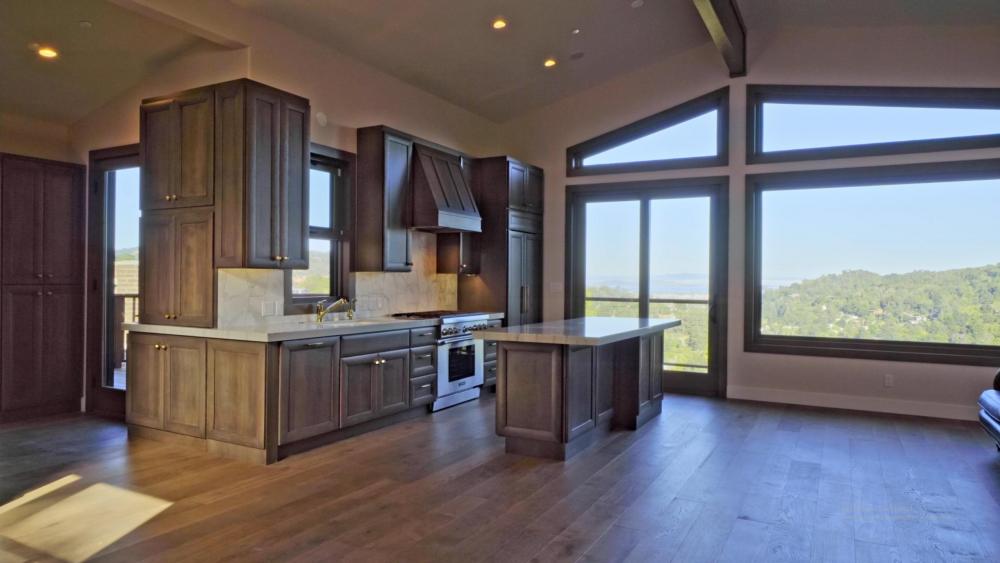
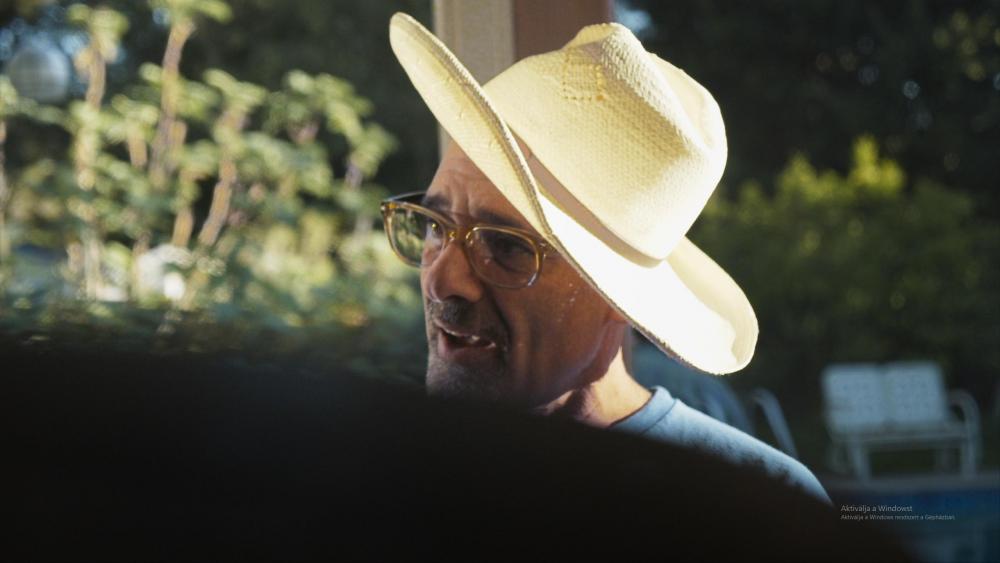
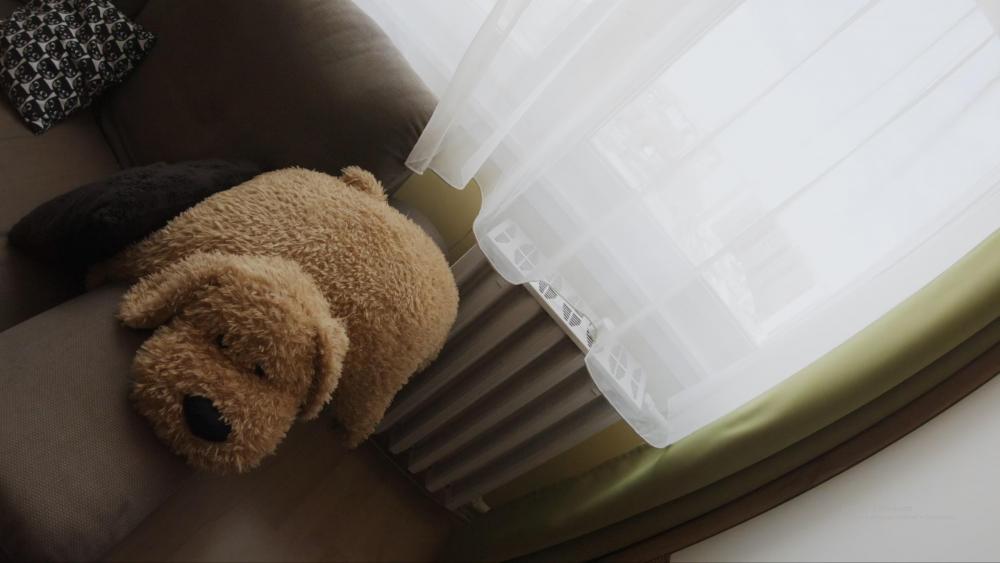

Panasonic S1H review / hands-on - a true 6K full frame cinema camera
In: Cameras
Posted
This was my favourite misconception in this topic. Very bold statement based on your posts.